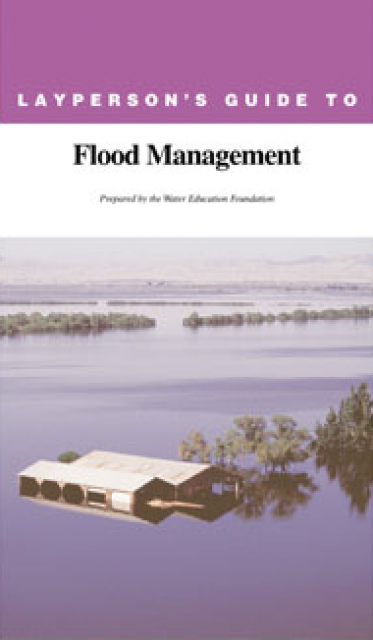ARkStorm
 ARkStorm stands for an atmospheric
river (“AR”) that carries precipitation levels expected to occur
once every 1,000 years (“k”). The concept was presented in a 2011
report by the U.S. Geological Survey (USGS) intended to elevate
the visibility of the very real threats to human life, property
and ecosystems posed by extreme storms on the West Coast.
ARkStorm stands for an atmospheric
river (“AR”) that carries precipitation levels expected to occur
once every 1,000 years (“k”). The concept was presented in a 2011
report by the U.S. Geological Survey (USGS) intended to elevate
the visibility of the very real threats to human life, property
and ecosystems posed by extreme storms on the West Coast.
In an ARkStorm scenario, a month’s worth of rain dumps as much as 10 feet of water on California, fed by a conveyor belt of tropical moisture. The ARkStorm draws heat and moisture from the tropical Pacific, forming a series of atmospheric rivers that approach the ferocity of hurricanes and then slam into the West Coast over several weeks.
Such a severe storm could realistically flood thousands of square miles of urban and agricultural land, resulting in thousands of landslides, disrupting lifelines throughout the state for days or weeks, and costing on the order of $725 billion — $400 billion in property damage and $325 billion in business-interruption losses, according to USGS.
ARkStorm events have happened in California history, most notably in 1861-1862. The geologic record shows six megastorms more severe than 1861-1862 in California in the last 1,800 years, according to USGS. The ARkStorm scenario is patterned after historical events but uses modern modeling methods and data from large storms in 1969 and 1986.
ARkStorm events are somewhat predictable and the capacity exists to predict where some risks lie in the days before an ARkStorm strikes, according to USGS. The agency notes that enhancing the accuracy, lead time and other details of predicting ARkStorms is a great challenge scientifically and practically.
California flood protection is not designed for an ARkStorm-like event. Much has been done to protect the state from flooding, such as raising dams, reinforcing levees and expanding floodplains, but the state’s flood-protection system is not perfect. The existing systems are designed to protect major urban areas from fairly rare, extreme flooding. The level of protection varies: some places are protected from flooding that occurs on average only once every 75 years; others, on average every 200 years. But the levees are not intended to prevent all flooding, such as the 500-year streamflows that are deemed realistic throughout much of the state in an ARkStorm.









